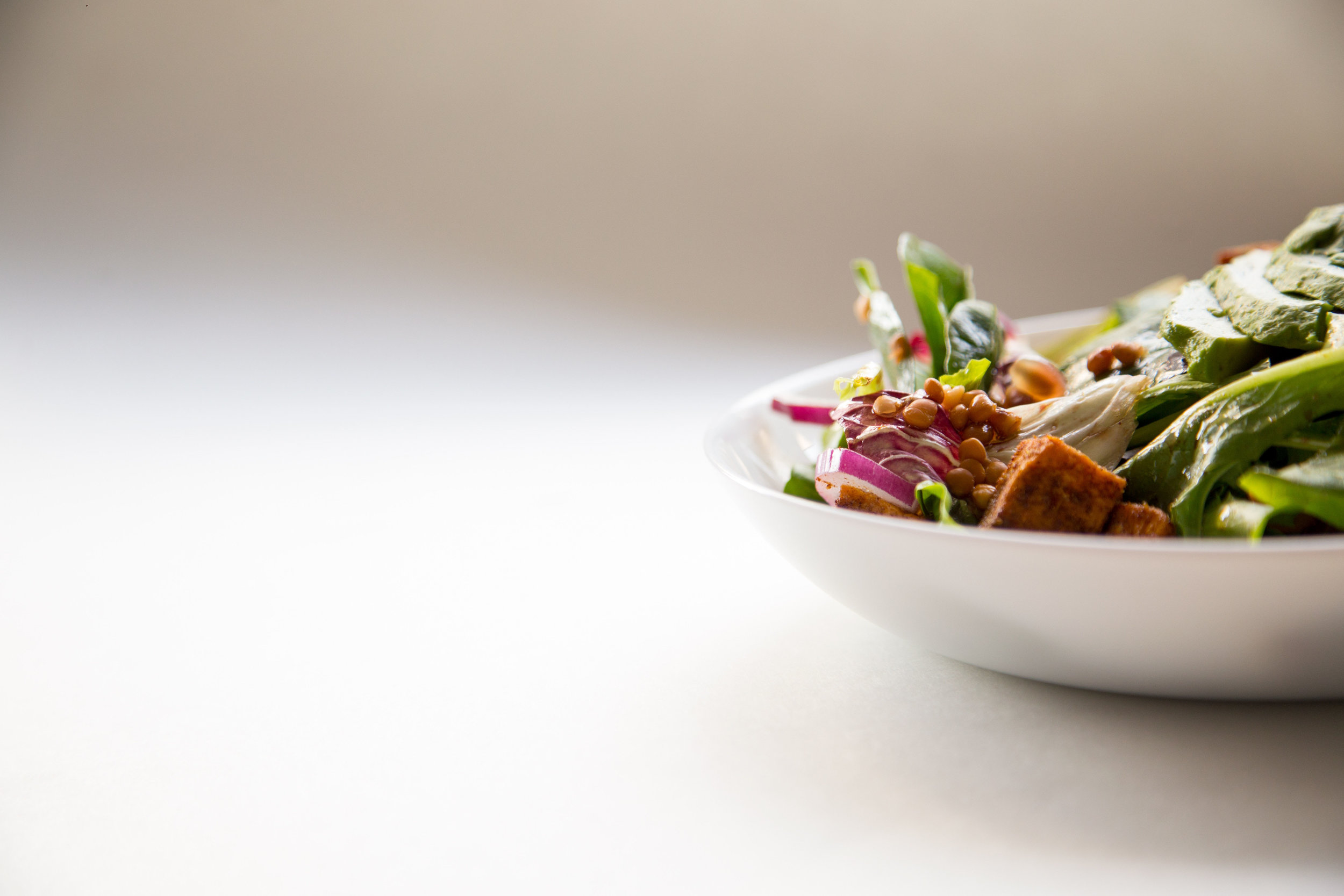Master your breathing technique to unlock your body and enhance your overall well-being.
We all breathe. But the problem is, most of us do not breathe properly. And few people understand the impact improper breathing has on mobility, strength, power, and overall health. Correcting and realigning with the proper breathing biomechanics that we were designed for can improve not only our workouts, but our overall wellness and daily life. (Big statement, I know, but it’s absolutely true.)
FIRST — Are you a nose breather or a mouth breather?
Self Check — observe right now, in this very moment, whether you are breathing through your nose or your mouth. Now observe, without changing, whether your breaths are shallow and short, or long and deep.
MOUTH BREATHER: If you noticed you’re breathing primarily through your mouth, it’s important to work on shifting back to your natural inclination you were born with — to nose breathing.
BIOMECHANICS:
Mouth-breathing causes blood vessels in the nose to become inflamed and enlarged.
This, unfortunately, can lead to disruptions in sleep and sleep apnea, increases in stress and blood pressure, overeating, diabetes, metabolic syndrome, and a decline in overall health and well-being.
NOSE BREATHER: As humans, we are naturally designed to breathe through our noses from birth. It’s the way we’ve evolved, it’s our built in filtration system is an intentional and functional part of our body’s design to keep us safe and healthy.
BENEFITS:
Breathing through your nose has many benefits to your survival that include temperature control by warming the air coming into your lungs, filtering of debris and toxins and reducing your risk of infection and colds, humidifying or moisture-balancing the body, smelling to detect harmful toxins in the air and in food, and a very important one including it’s ability to smell pheromones, perspiration and other odors that help you find a partner.
SECOND — Are you a chest breather or belly breather?
Self Check — observe right now, in this very moment, whether your chest is lifting or if your belly is expanding as you inhale. Don’t try to change your breath, just observe it’s natural state. How long did you inhale and exhale for and were the durations of each comparable?
CHEST BREATHER: If you noticed you’re breathing primarily into your chest with a relatively large inhales and a shorter exhales, you are a shallow chest breather, along with 90% of the population. You’re not alone. But we need to change that.
BIOMECHANICS:
Shallow breathing dysfunctionally recruits accessory muscles such as your chest (pectorals), neck (scalenes and sternocleidomastoid), and upper trap musculature to inflate the chest and hold your ribcage in place, which takes your scapulae (shoulder blades) with it. Your body then uses the recoil of these muscles along with a dropping of the shoulders to perform the work of the diaphragm (dispelling air from your lungs).
This, unfortunately, can cause chronic tension, limitations in neck, shoulder and back, and poor posture…all making you more susceptible to injury.
NERVOUS SYSTEM RESPONSE:
Chest breathing has a purpose. It’s intended for our stressed states (like running from a bear!) as it stimulates the Sympathetic Nervous System (SNS - aka, our fight or flight response). But when we chest breathe in what is supposed to be our relaxed state, we in turn trigger that same stress response.
If you’re someone who spends excess time living in a sympathetic state (anxiety, high stress, lack of sleep, overtraining), you are adding unnecessary stress to your body which ultimately, is shaving years off your life.
BELLY BREATHER: This is how we are meant to breathe. Yay, you. But so often we get pulled out of this pattern from either the stress mentioned above, postural changes from poor lifestyle habits, previous injuries, or trying to hold our bellies in all day long.
BIOMECHANICS AND NERVOUS SYSTEM RESPONSE:
Belly breathing relies on your diaphragm, intercostal muscles, internal obliques, and transversus abdominis (TVA), activating our Parasympathetic Nervous System (PNS) and shifts us into a relaxed state which optimizes our body for rest, recovery, and digestion.
WHY IS THIS IMPORTANT:
Our ability to fully expand and contract the belly on our inhales and exhales increases lung capacity, improves sleep, digestion, and overall health and wellness, ensures a healthy relationship with the pelvic floor, deep core musculature, and diaphragm. (Postpartum ladies, get on this one), and gets our bodies moving properly. Contrary to what many people believe, core strength isn’t just about holding in our core and keeping our abs tight. The diaphragm is the king of the core.
From Dysfunctional Breathing to Functional Breathing:
The best place to start if you’re trying to re-learn or re-wire your breathing mechanics is through awareness. Start paying attention throughout the day and catch yourself when you are breathing through your mouth or sitting with poor posture and breathing into your shoulders and chest. If you feel comfortable and ready, it is possible to correct the mechanics of mouth breathing by pressing low-adhesive paper tape, such as 3M Micropore, lightly over your mouth. I would first start with some time set aside during your awake hours to get comfortable and transition to using the tape at night while you are sleeping.
If you are relearning how to breathe a 3-dimensional breath into the belly and ribcage, I recommend beginning in a prone position (on your belly). Once you’ve mastered breathing in all four directions on your belly (see below — belly into the floor, ribs laterally out to the sides, low back to the ceiling), you can practice supine/on your back, seated, standing and while walking.
Prone Belly Breathing:
Lay on your belly and make a pillow with your hands to rest your forehead. Focus on deeply inhaling and exhaling through your nose (you can exhale through your mouth but consistently breathe in through the nose) with a 4-5 count inhale, a 4-5 count exhale, and a 4-5 count hold when empty.
As you Inhale, actively try to expand your abdomen and breathe your belly into the floor as well as breathe laterally into your side waist, as if your waist is an accordion.
As you exhale, slowly let all the breath out with control and feel empty at the bottom of your breath, gently engaging the deep core musculature and holding for 4-5 counts to allow the diaphragm to functionally engage and initiate a proper inhale.
Set a timer for 2 minutes (don’t poke your head up until the timer goes off).
Practice anywhere and practice often.
Working on breathing mechanics for just two minutes a day can significantly restore mobility and hardwire your body to begin naturally breathing in this way.
And if you’re a mouth breather… breathing through your mouth most often means you’re a shallow chest breather. I like to say that breathing through your mouth is sort of like trying to eat through your nose. (Not really, but, you get the point).















